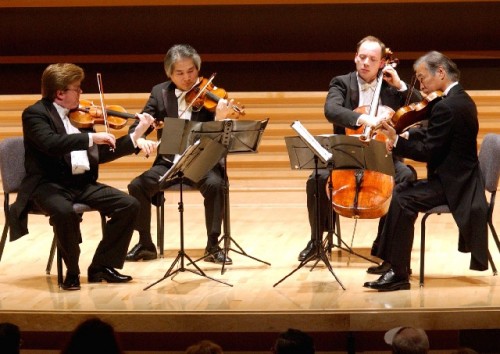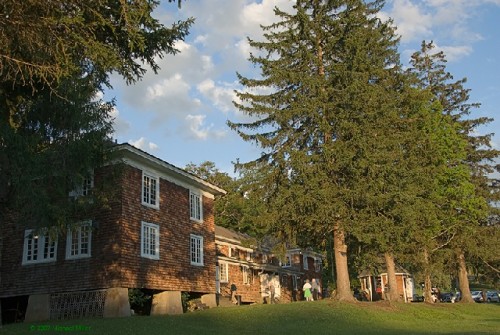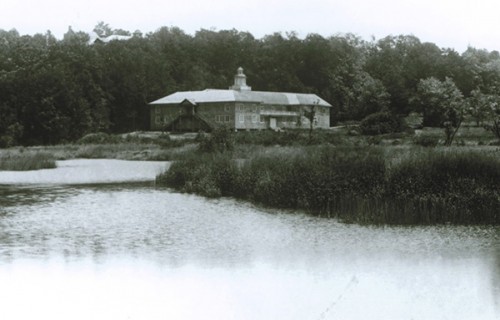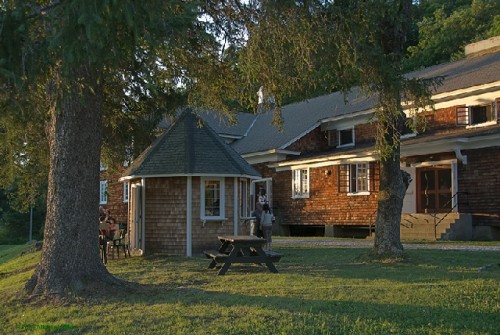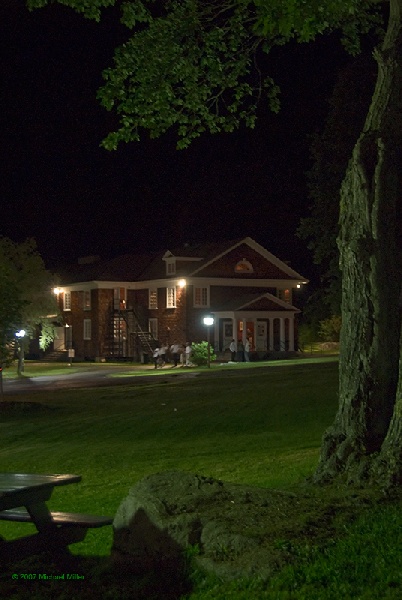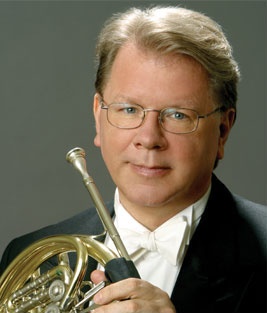Tokyo String Quartet plays Beethoven and Schubert
Resident Quartet's 30 years at Norfolk Chamber Music
By: Michael Miller - Jul 14, 2007
Norfolk Chamber Music Festival, Norfolk ConnecticutFriday July 13, 8:00pm – Schubert Octet
Beethoven and Schubert with the Tokyo String Quartet
Ludwig van Beethoven String Quartet in f minor, Op 95, "Serioso"
Tokyo String Quartet, Martin Beaver violin, Kikuei Ikeda violin, Kazuhide Isomura viola, Clive Greensmith cello
Franz Schubert, Octet in F Major, Op 16
Tokyo String Quartet with Donald Palma, double bass - Richard Stoltzman, clarinet - Frank Morelli, bassoon - William Purvis, French horn
Tradition has been lurking under every stone this summer, between local controversies about change at Tanglewood and the host of anniversaries which are being celebrated, beginning with the 60th of the Juilliard Quartet, the historic 59th of the Bartók Quartets at Tanglewood, Aston Magna's 35th, and now the 30th anniversary of the renowned Tokyo Quartet's residence at Norfolk Chamber Music Festival and the Yale Summer School of Music. When they were officially founded in 1969 at the Juilliard School of Music under the tutelage of the members of the Juilliard String Quartet, the world of the string quartet seemed to be thinning out, in spite of the appearance of the Guarneri in 1965, and the youthful, mop-headed string players from the Toho School of Music in Tokyo were most welcome. Cultivating a lean tone and an incisive, energetic style, they seemed the antithesis of the aging Budapest Quartet, which still actively represented the middle European Menschlichkeit of the early twentieth century. At the time they were also the most publically visible representatives of the establishment of European classical music in Japan. Today the movement is growing with increasing energy in China, South Korea, and Thailand, to name only the most obvious. It is interesting to note that the original players, Koichiro Harada violin Yoshiko Nakura second violin, Kazuhide Isomura viola, Sadao Harada Cello, first came to the United States in 1964 as principles of the Toho School String Orchestra to play at the brand new Philharmonic Hall (now Avery Fisher Hall) at Lincoln Center and the New York World's Fair. At that point they decided to remain in New York and continue their studies at the Juilliard School. Today, as quartet in residence at the Yale School of Chamber Music, with a Canadian first violinist and a British cellist, they are still at the center of the American and International music world.
As western classical music becomes more and more established in Asia, American music schools and festivals continue to be a major destination for Asian music-lovers and students, as anyone can see at Monadnock, Tanglewood, or Bard. In fact this trend is still young, will continue to grow, and looks very much like a tradition already. This aspect of classical music life in America appears to be something which resonates strongly in Asia, and we should be thankful that our cultures have something more substantial in common than the exchange of Coca Cola for Toyotas, or Britney Spears for Manga.
The festival at Norfolk dates back to the 1890's and owes its ultimate origins as a choral festival to the first professor of music at Yale. The Music Shed, a long, narrow wooden building on the Ellen Battell Stoeckel Estate, which is tucked behind a declivity just off the Village Green, was opened in 1906, and the concerts held there soon became so much in demand that the tickets had to be issued by invitation. It took on its present form when the Yale Summer School of Music took over in 1941.
Friday evening the Shed was packed with locals and summer visitors who showed no trace of tiring of the Norfolk Festival or its distinguished resident quartet. There was even excitement and anticipation in the air. We were rewarded with an an elegent but urgent performance of Beethoven's Quartet Op. 95 and a deeply considered, beautifully played Schubert Octet.
With their current players the Tokyo Quartet retain the closely knit, astringent ensemble they have been known for in the past, the avoidance of self-indulgent gestures, and their forwardly-propelled energy, and this impeccable balance was shown at its best in the fine acoustics of the hall. From a seat somewhat more than halfway back the space, their sound was immediate, with a perfect balance of bite and blend. Their Beethoven had all the lean energy one would expect from a work written simultaneously with the Seventh Symphony, with wonderful sensitivity in the slow movement, enhanced by the exquisite phrasing and tone of newcomers Martin Beaver and Clive Greensmith.
I'll dwell a little more on their magnificent Schubert's Octet, since their approach was rather different from what one usually hears. Taking the precedent of Beethoven's Septet, Schubert approximated its instrumentation and followed its six-movement structure with a scherzo and minuet framing a set of variations in the middle. However, he tempered its rumbustious high spirits with a more relaxed geniality, through which he allowed clouds of more troubled moods and complex harmonies to drift. The joyous finale even suggests symphonic grandeur at its highest moments. Players often begin with this relaxed tone of Viennese Hausmusik, enshrined in the deservedly beloved recording of the Vienna Octet of over fifty years ago. The Tokyo Quartet, joined by Donald Palma double bass, Richard Stoltzman, clarinet, Frank Morelli bassoon, William Purvis French horn, all great names in their fields and long-time Norfolk participants, brought in this grandeur at the beginning, with an energetic tempo and a massive, but always clear sound. In the opening strong, dark chord the middle voices were securely supported by William Purvis' dusky, astringent horn, a voice which continued to make its mark on the performance throughout, giving it grandeur, weight and edge, but always ready to enter a dialogue with the great Richard Stoltzman's clarinet or Frank Morelli's bassoon. The players clearly put much thought into the blending of the wind instruments and the varying palette of colors which emerges from it. This exploration of wind color and nuanced, wonderfully played solo turns helped give the performance its own, highly individual character. If the Octet is at all thankless to any of the players it is the viola, except for a harmonically and structurally important repeated note in the finale, rather like that in the finale of Schubert's Great C Major Symphony. Kazuhide Isomura played this unspectacular but important bit with beautifully nuanced inflection and a strong, dark tone, echoing the more prominent horn.
At the final chord the very well-behaved and up till then self-contained audience let out a child-like and heartfelt cheer in gratitude for this intellectually probing and joyful performance.
Web: http://homepages.nyu.edu/~mjm11/index.html
e-mail: heliagoras@gmail.com

